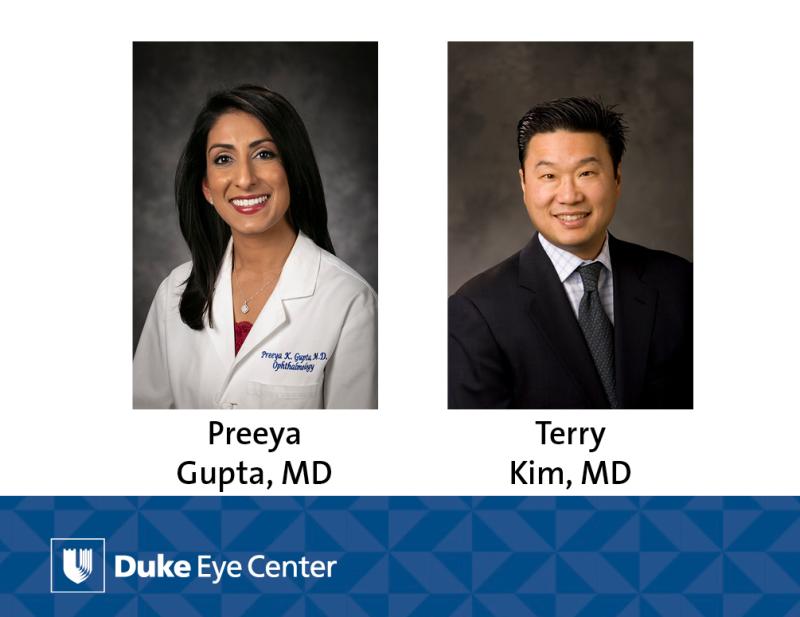
Any ocular surface disease (OSD), but most commonly, dry-eye disease (DED), can reduce visual quality and quantity and adversely affect refractive measurements before keratorefractive and phacorefractive surgeries. In addition, ocular surgery can exacerbate or induce OSD, leading to worsened vision, increased symptoms, and overall dissatisfaction postoperatively.
Although most respondents of the recent annual American Society of Cataract and Refractive Surgery (ASCRS) Clinical Survey recognized the importance of DED on surgical outcomes, many were unaware of the current guidelines and most were not using modern diagnostic tests and advanced treatments. To address these educational gaps, the ASCRS Cornea Clinical Committee, including Duke cornea specalists, Preeya Gupta, MD and Terry Kim, MD developed a new consensus-based practical diagnostic OSD algorithm to aid surgeons in efficiently diagnosing and treating visually significant OSD before any form of refractive surgery is performed. By treating OSD preoperatively, postoperative visual outcomes and patient satisfaction can be significantly improved.
Learn more about the algorithm published in the May 2019 issue of Journal of Cataract and Refractive Surgery.
